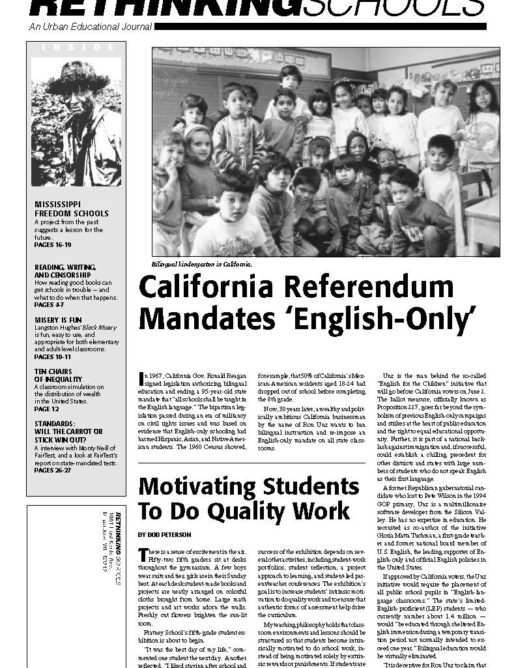Preview of Article:
Wisconsin Experiments with Smaller Classes
Pilot Project Shows Promise in Early Grades
A look at a pilot project that cuts student-teacher ratios in some classrooms to 15-1, and early data that suggest that the smaller classes boost student achievement.

